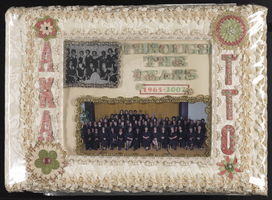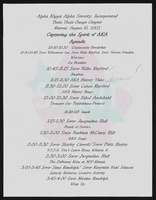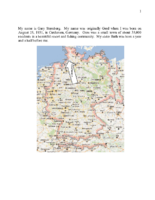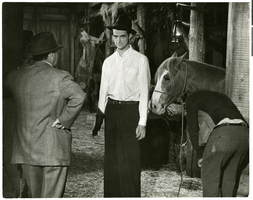Congregation P'nai Tikvah
Congregation P’nai Tikvah, formerly known as Valley Outreach Synagogue, is the only congregation in Nevada affiliated with the Reconstruction and Renewal movements of Judaism. Located in Las Vegas, Valley Outreach Synagogue was founded by Rabbi Richard Schachet in 1993. In 2005 he retired and Rabbi Yocheved Mintz became spiritual leader of the congregation. Reconstructionism views Judaism not just as a religion, but as an entire culture, which evolves over time and continues to be shaped by tradition.




